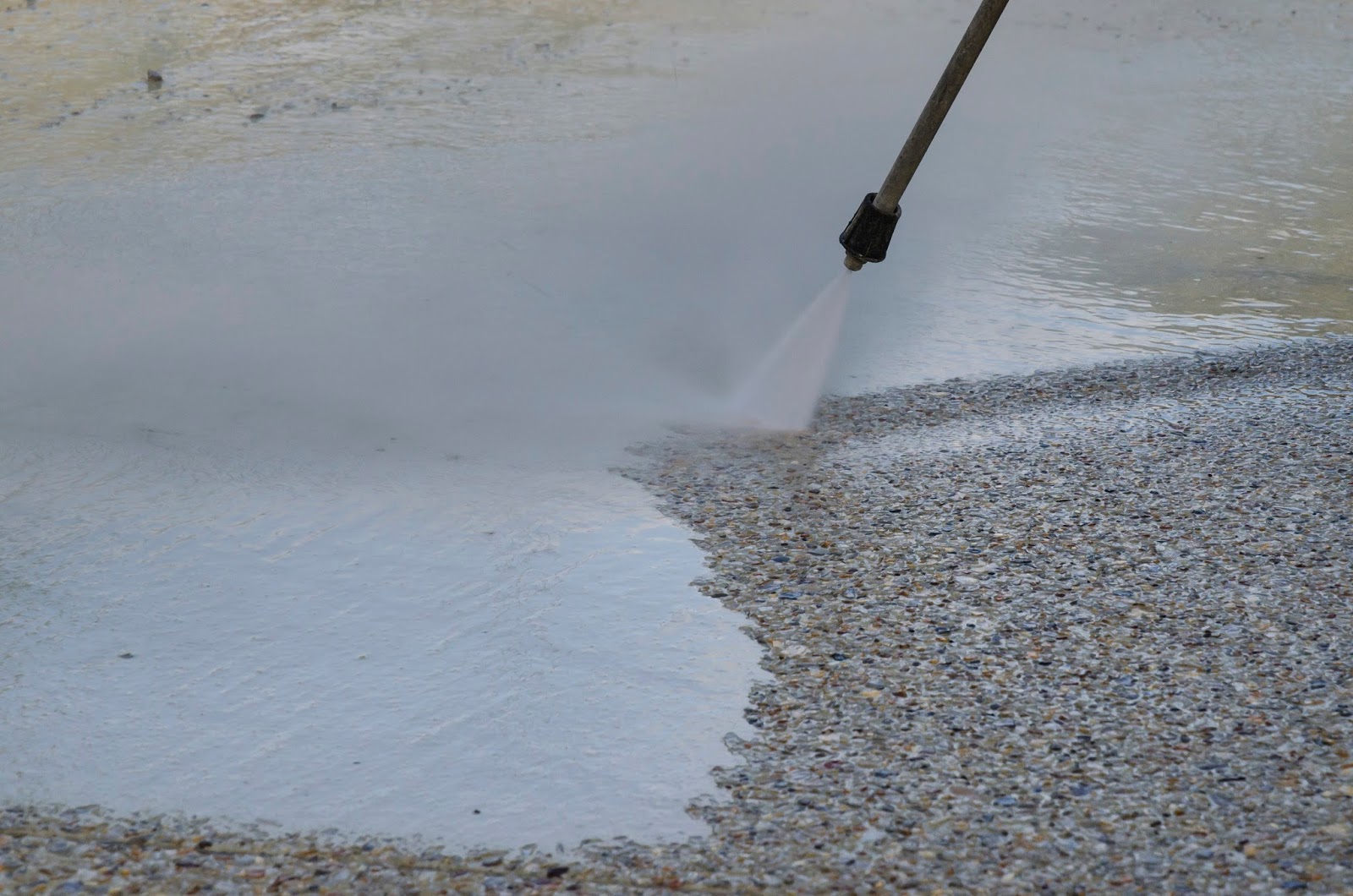

Articles
How To Clean An Asphalt Driveway
Modified: August 22, 2024
Learn how to clean an asphalt driveway with these informative articles. Maintain your driveway's appearance and prolong its lifespan.
(Many of the links in this article redirect to a specific reviewed product. Your purchase of these products through affiliate links helps to generate commission for Storables.com, at no extra cost. Learn more)
Introduction
Having an asphalt driveway can be a great addition to your property. Not only does it enhance the curb appeal of your home, but it also provides a smooth surface for vehicles to drive on. However, over time, your asphalt driveway can get dirty, stained, and become worn out due to exposure to the elements and regular use. To keep your driveway looking its best and prolong its lifespan, regular cleaning is essential.
In this article, we will guide you through the step-by-step process of how to effectively clean an asphalt driveway. From preparing the driveway to treating stubborn stains, we will cover everything you need to know to restore your driveway’s original beauty. So, let’s get started with the first step – preparing the driveway.
Key Takeaways:
- Regular cleaning and maintenance are essential for preserving the appearance and longevity of your asphalt driveway. By following the step-by-step process outlined in this article, you can effectively remove stains, dirt, and debris, ensuring a clean and well-maintained driveway.
- Preparing the driveway, removing debris and vegetation, scrubbing stains, washing, treating oil and grease stains, and thorough rinsing and drying are key steps in effectively cleaning an asphalt driveway. By following these steps and taking precautions, you can achieve a beautiful and durable surface for years to come.
Read more: What Is An Asphalt Driveway
Step 1: Prepare the driveway
Before you begin cleaning your asphalt driveway, it is important to prepare the area properly. Here are a few things you should do:
- Remove any obstacles: Clear the driveway of any obstacles such as cars, furniture, or toys. This will ensure that you have unrestricted access to the entire surface.
- Protect nearby plants and landscaping: If your driveway is surrounded by plants or landscaping, cover them with plastic sheets or tarps to protect them from any cleaning solutions or rinse water.
- Check for cracks: Inspect your driveway for any cracks or potholes. If you find any, make a note of them as you will need to address them separately after the cleaning process.
By taking these preparatory steps, you can ensure that the cleaning process goes smoothly and your driveway is ready for a thorough clean.
Step 2: Remove debris and vegetation
Before you can start cleaning your asphalt driveway, it’s important to remove any debris and vegetation that may have accumulated on the surface. Here’s how you can do it:
- Sweep the driveway: Begin by sweeping the entire driveway with a broom or a leaf blower. This will help remove loose dirt, leaves, and other debris that may be sitting on the surface.
- Use a pressure washer: If your driveway has stubborn dirt or dried mud, a pressure washer can be a useful tool. Adjust the pressure setting to a medium level and spray water along the surface of the driveway, paying special attention to areas with visible stains or debris.
- Scrape off any stuck-on materials: For stubborn materials like chewing gum or tar, you may need to use a scraper or a putty knife to gently lift them off the surface. Be careful not to chip or damage the asphalt while doing so.
- Remove weeds and vegetation: If there are any weeds or vegetation growing in cracks or along the edges of your driveway, carefully pull them out by hand or use a weed trimmer to cut them down. You can also use a weed killer to prevent their regrowth.
By removing debris and vegetation from your driveway, you will have a clean and clear surface to work with, ensuring that the cleaning process is more effective.
Step 3: Scrub stains
Stains on an asphalt driveway can be unsightly, but with the right cleaning techniques, they can be effectively removed. Here’s how to tackle different types of stains:
- Oil and grease stains: Oil and grease stains are common on driveways due to vehicle leaks. To remove these stains, sprinkle absorbent materials like baking soda or kitty litter over the affected area. Let it sit for a few hours or overnight to allow it to absorb the oil. Then, scrub the area with a stiff brush and a degreaser solution. Rinse thoroughly with water.
- Tree sap: Tree sap can be sticky and difficult to remove. One method to remove tree sap is to apply a commercial tree sap remover or rubbing alcohol onto a cloth or sponge and gently rub the sap until it lifts off. Rinse the area with water afterwards.
- Rust stains: Rust stains can occur if metal objects, like bikes or tools, are left on the driveway for an extended period. To remove rust stains, apply a rust remover product according to the manufacturer’s instructions. Scrub the area with a brush and rinse with water.
- Tire marks: Tire marks can be stubborn, especially if they have been on the driveway for a while. Use a commercial tire mark remover or make a paste using baking soda and water. Apply the paste to the tire marks, scrub with a brush, and rinse with water.
Remember to always test any cleaning solution or method on a small, inconspicuous area of the driveway before applying it to larger stains. This will help ensure that the cleaning solution does not cause any damage or discoloration to the asphalt surface.
Continue to the next step once you have scrubbed away the stains, ensuring that your driveway is looking cleaner and more presentable.
To clean an asphalt driveway, start by removing any debris and weeds. Then, use a pressure washer or a hose with a high-pressure nozzle to remove stains and dirt. Finally, apply a commercial asphalt cleaner and scrub any tough stains with a stiff brush before rinsing thoroughly.
Step 4: Wash the driveway
Now that you have prepped the driveway and scrubbed away the stains, it’s time to give it a thorough wash. Here’s how you can wash your asphalt driveway:
- Prepare a cleaning solution: Fill a bucket with warm water and add a mild detergent or asphalt cleaner. Mix it well until it forms a soapy solution.
- Apply the cleaning solution: Pour the cleaning solution onto the driveway, starting at one end and working your way to the other. Use a long-handled brush or a push broom to spread the solution evenly across the surface.
- Scrub the driveway: Using the brush or broom, scrub the entire driveway in a circular motion. Pay extra attention to any remaining stains or heavily soiled areas.
- Rinse with water: Once you have scrubbed the driveway, use a garden hose or a pressure washer on a low setting to rinse away the cleaning solution. Start at the highest point of the driveway and work your way downward, ensuring that all the soap residue is thoroughly rinsed off.
When washing your driveway, it is important to avoid using harsh chemicals or abrasive cleaning tools that could potentially damage the asphalt surface. Stick to mild detergents and gentle scrubbing to ensure a safe and effective cleaning process.
After washing, take a moment to assess the cleanliness of your driveway. If there are any areas that still need attention, you can repeat the process or move on to the next step to address specific stains or blemishes.
Read more: How To Resurface An Asphalt Driveway
Step 5: Treat oil and grease stains
Oil and grease stains can be particularly stubborn and require special attention to effectively remove them from your asphalt driveway. Here’s what you can do to treat these types of stains:
- Prep the area: Before applying any cleaning solution, blot away any excess oil or grease on the surface using absorbent materials such as baking soda or sawdust. This will help to minimize the stain and prevent it from spreading further.
- Apply a degreaser: Choose a commercial degreaser specifically designed for asphalt surfaces. Follow the manufacturer’s instructions for proper application and dilution ratios. Apply the degreaser to the stain and let it sit for the recommended amount of time to penetrate and break down the oil or grease.
- Scrub the stain: After the degreaser has had time to work, use a stiff brush or a broom with tough bristles to scrub the affected area. Apply firm pressure to help lift the stain from the asphalt surface. Scrub in a circular motion to ensure thorough coverage.
- Rinse with water: Once you have finished scrubbing, thoroughly rinse the area with water. Use a garden hose or a pressure washer on a low setting to ensure all traces of the degreaser are removed from the driveway.
- Repeat if necessary: For stubborn or larger oil or grease stains, you may need to repeat the degreasing and scrubbing process multiple times to completely eliminate the stain. Be patient and persistent in your efforts.
It’s important to note that some older or deeply ingrained oil or grease stains may not be entirely removable, even with repeated treatment. In such cases, you may consider applying an asphalt stain remover or consulting a professional cleaner for further assistance.
By effectively treating oil and grease stains, you can restore the appearance of your asphalt driveway and maintain its overall cleanliness.
Step 6: Rinse and dry
After completing the cleaning and stain removal process, it is crucial to thoroughly rinse and dry your asphalt driveway. Here’s how you can ensure a proper rinse and effective drying:
- Rinse with clean water: Use a garden hose or a pressure washer on a low setting to rinse the entire surface of your driveway. Start from the highest point and work your way down, ensuring that all cleaning solutions, debris, and residue are completely removed.
- Pay attention to corners and edges: Be thorough in rinsing the corners and edges of your driveway, as dirt and cleaning solutions tend to accumulate in these areas.
- Allow time for drying: After rinsing, give your driveway ample time to dry. Depending on the weather conditions, this can take several hours to a full day. Avoid walking or driving on the driveway until it is completely dry to prevent any footprints or tire marks.
- Inspect and touch up if necessary: Once the driveway has dried, take a close look at the surface to ensure that all stains and dirt have been effectively removed. If you notice any lingering stains or areas that need further attention, you can repeat the appropriate cleaning steps or consider additional treatments.
By thoroughly rinsing and allowing proper drying time, you can achieve a clean and pristine asphalt driveway that enhances the overall appearance of your property.
Remember, regular maintenance and cleaning are key to keeping your asphalt driveway in good condition. Consider establishing a routine cleaning schedule to prevent the build-up of dirt, stains, and debris, and to ensure that your driveway remains in optimal shape for years to come.
Conclusion
Cleaning an asphalt driveway not only improves its appearance but also helps protect and prolong its lifespan. With the right techniques and a little bit of effort, you can effectively remove stains, dirt, and debris from your driveway, maintaining its functionality and curb appeal.
Throughout this article, we have covered the step-by-step process of cleaning an asphalt driveway, from preparing the area to rinsing and drying the surface. By following these steps, you can achieve a clean and well-maintained driveway.
Remember to always take precautions when cleaning your driveway. Use gentle cleaning solutions, test on a small area before applying to larger stains, and avoid using harsh chemicals or abrasive tools that can damage the surface.
Additionally, regular maintenance is key to keeping your driveway in top condition. Sweeping away debris, treating stains promptly, and scheduling periodic cleanings will help prevent dirt and grime from building up and causing damage.
By investing some time and effort into cleaning and maintaining your asphalt driveway, you can enjoy a beautiful and durable surface for years to come. Whether you’re looking to enhance your home’s curb appeal or simply want to keep your driveway in optimal shape, following these steps will help you achieve your goal.
So, go ahead and put these cleaning tips into action. Your asphalt driveway will thank you with its fresh and renewed appearance.
Frequently Asked Questions about How To Clean An Asphalt Driveway
Was this page helpful?
At Storables.com, we guarantee accurate and reliable information. Our content, validated by Expert Board Contributors, is crafted following stringent Editorial Policies. We're committed to providing you with well-researched, expert-backed insights for all your informational needs.
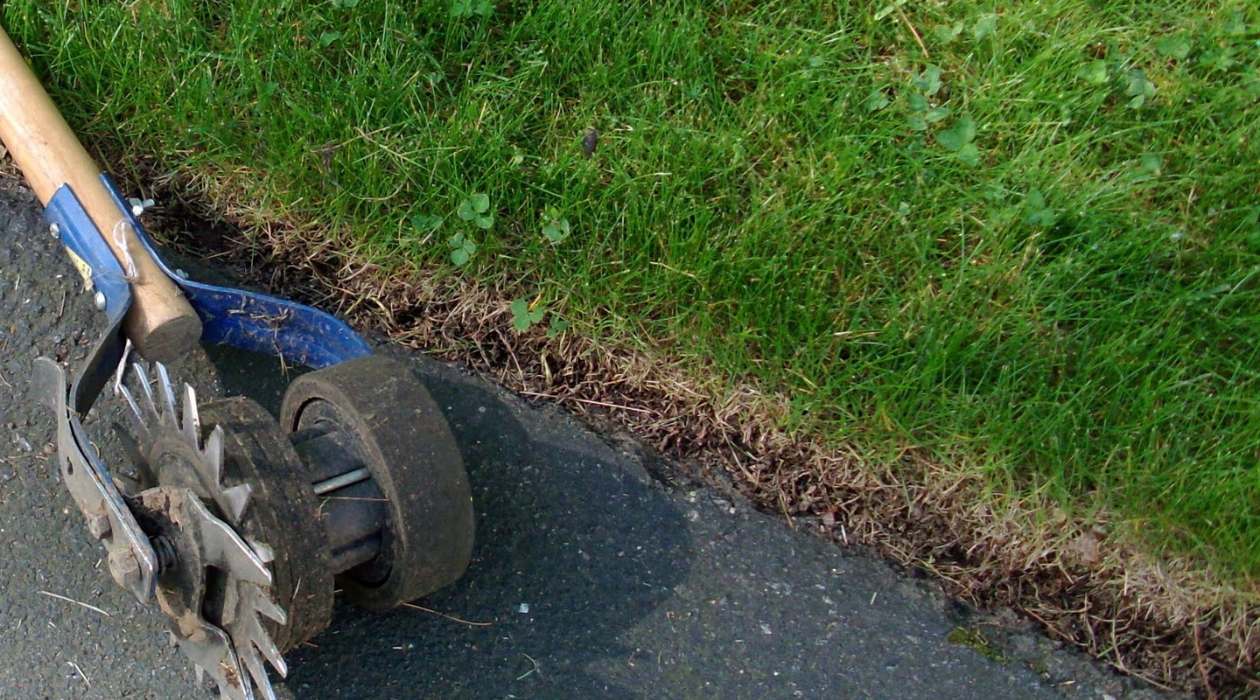
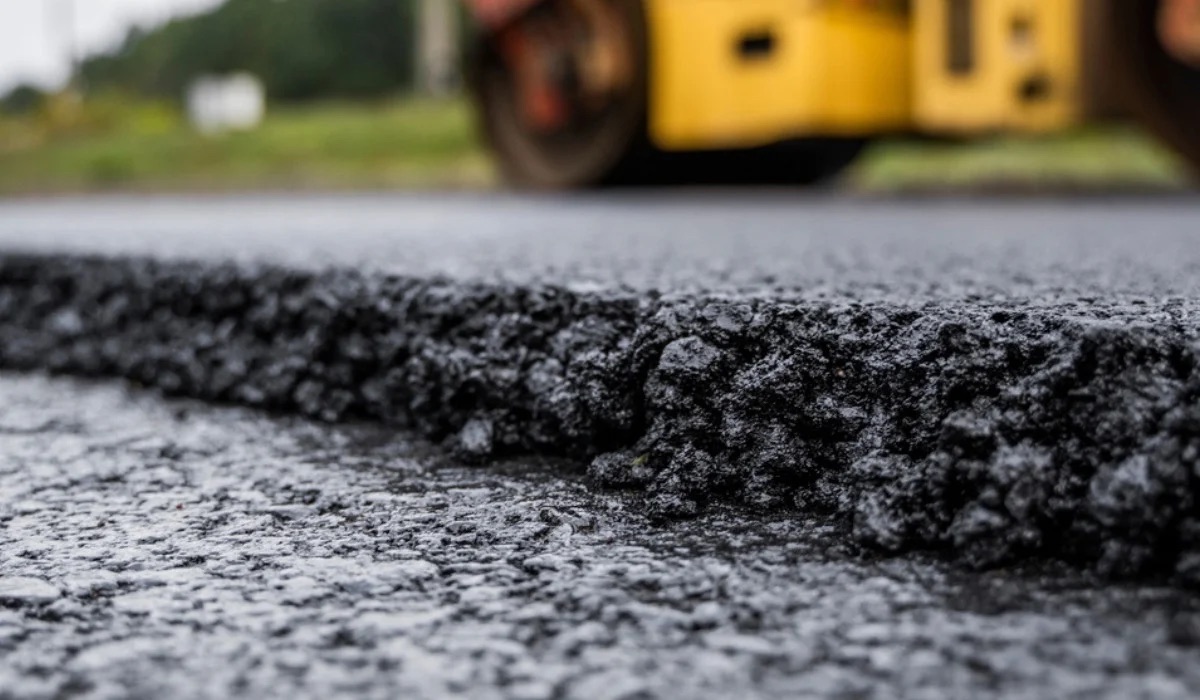
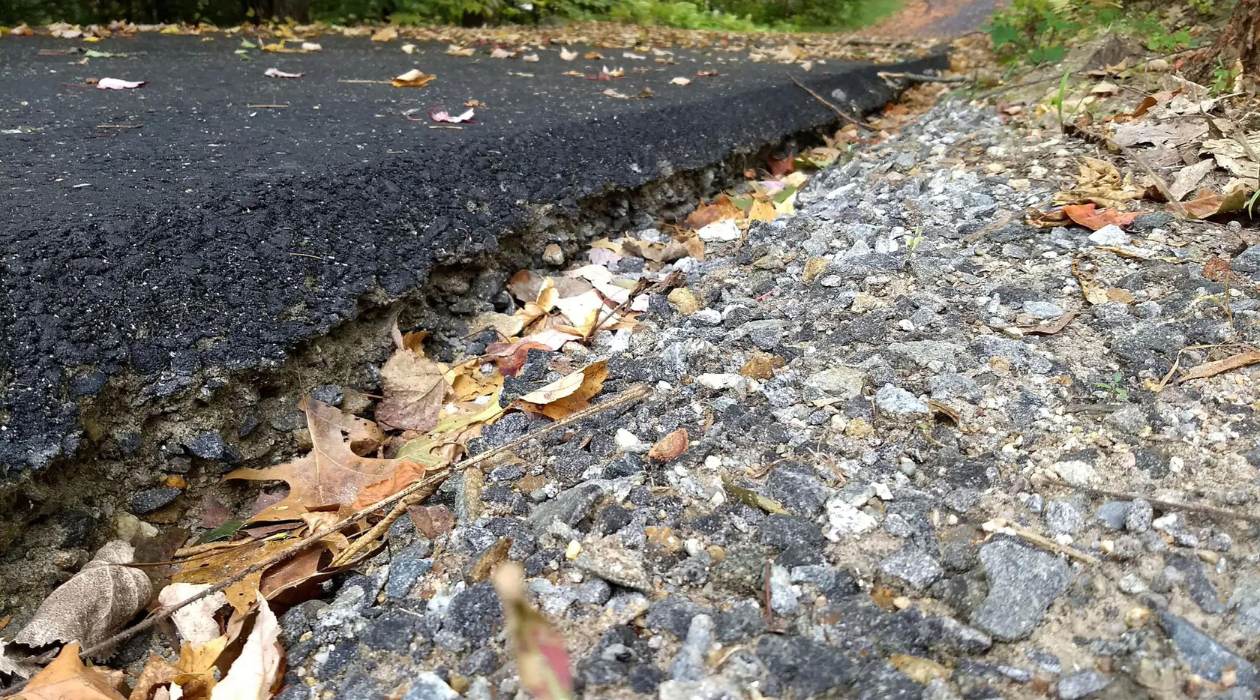
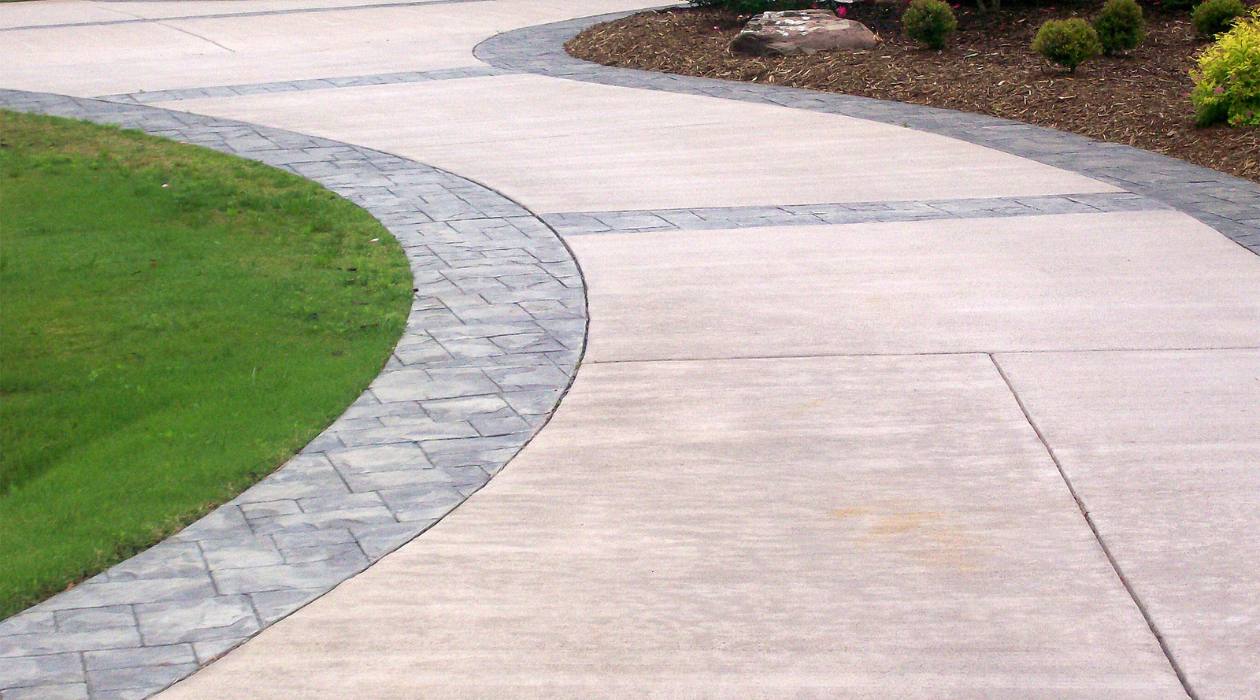
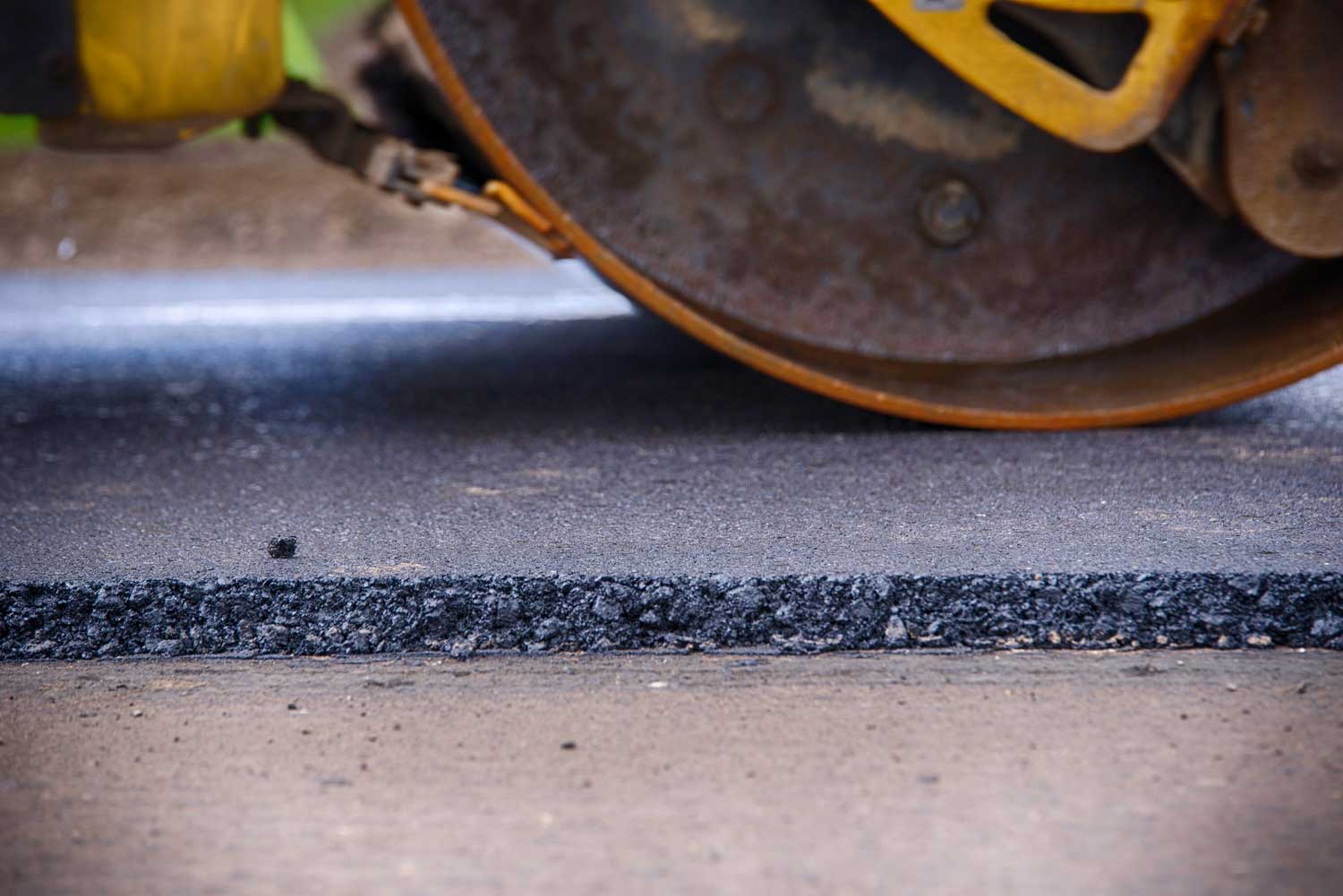

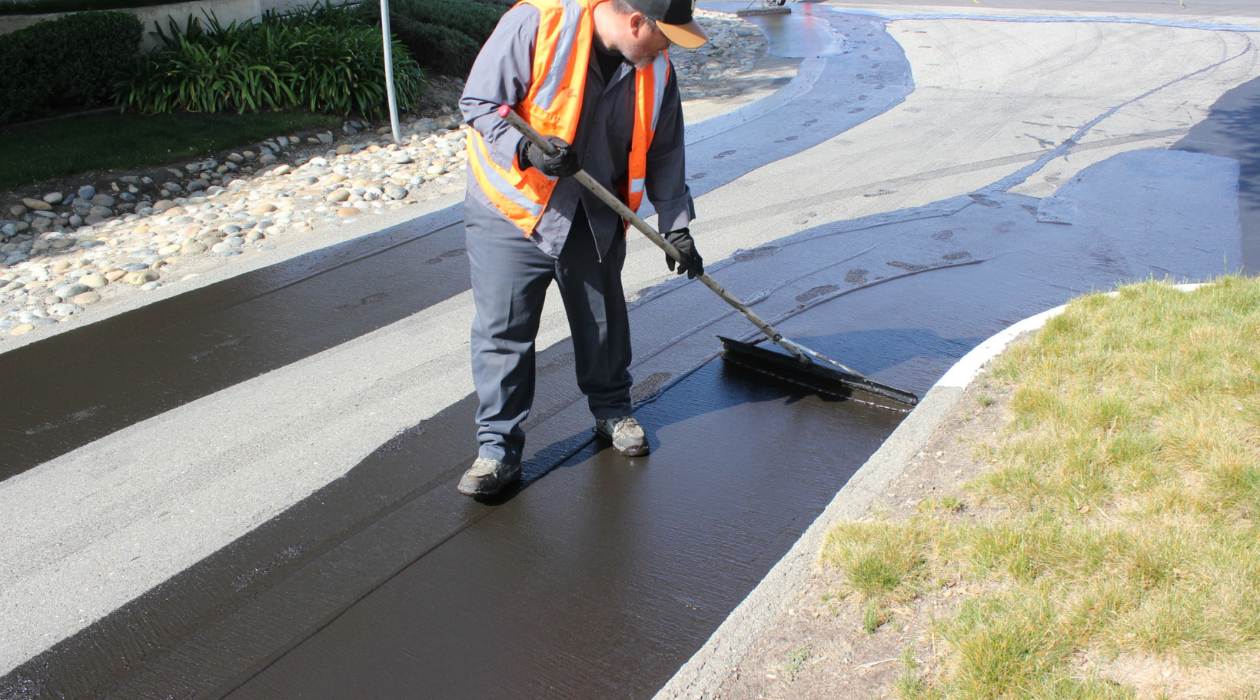
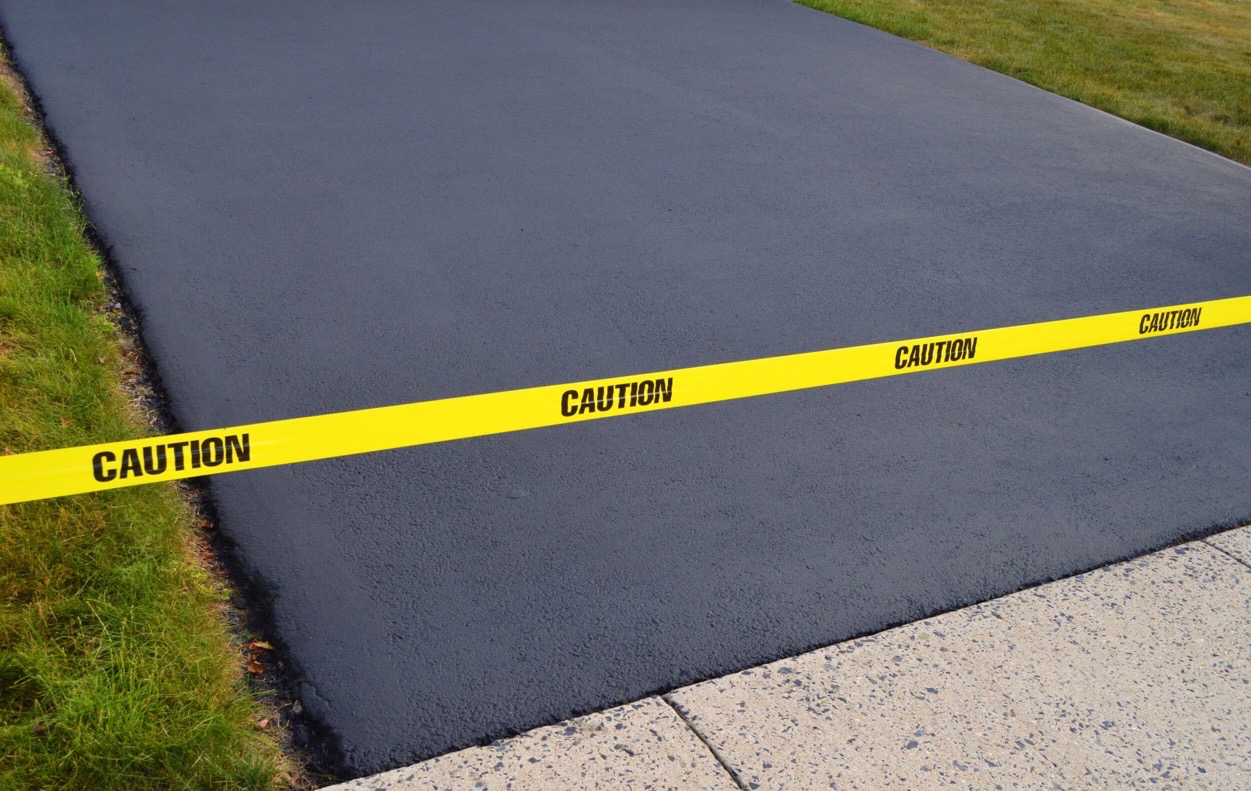
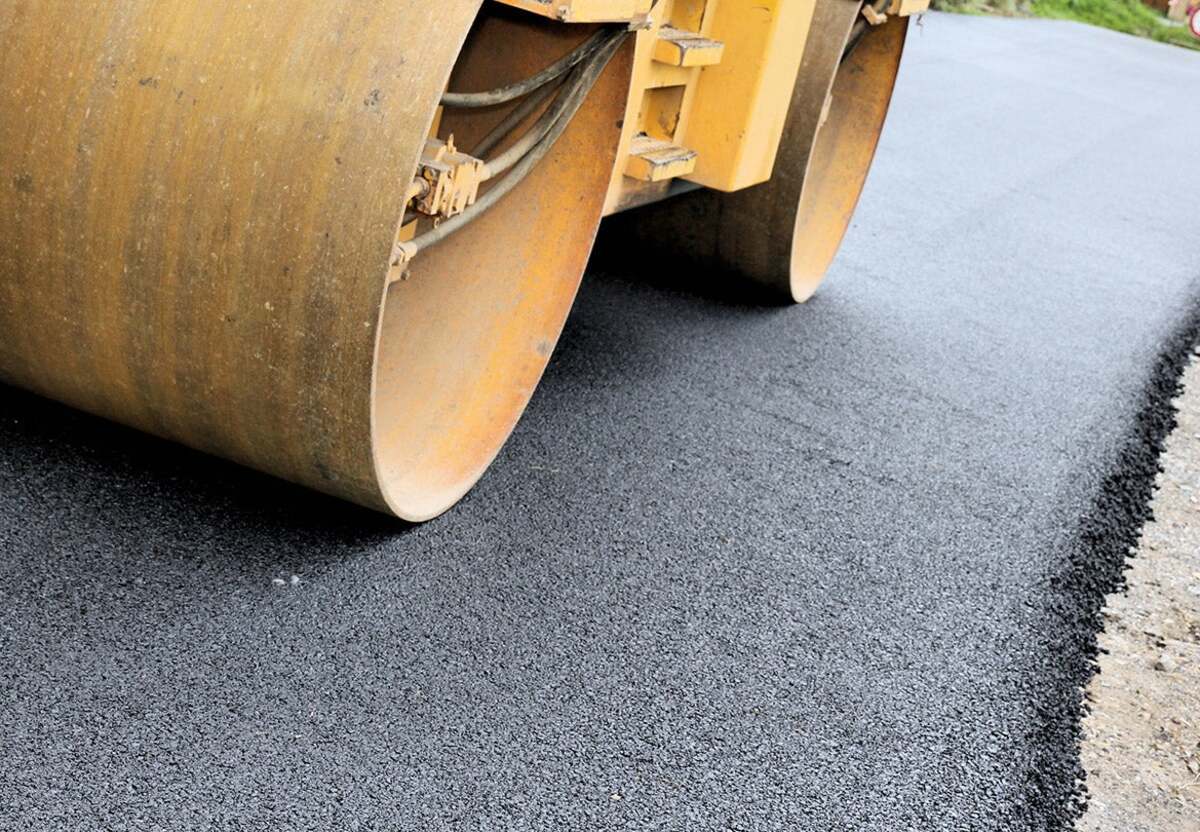
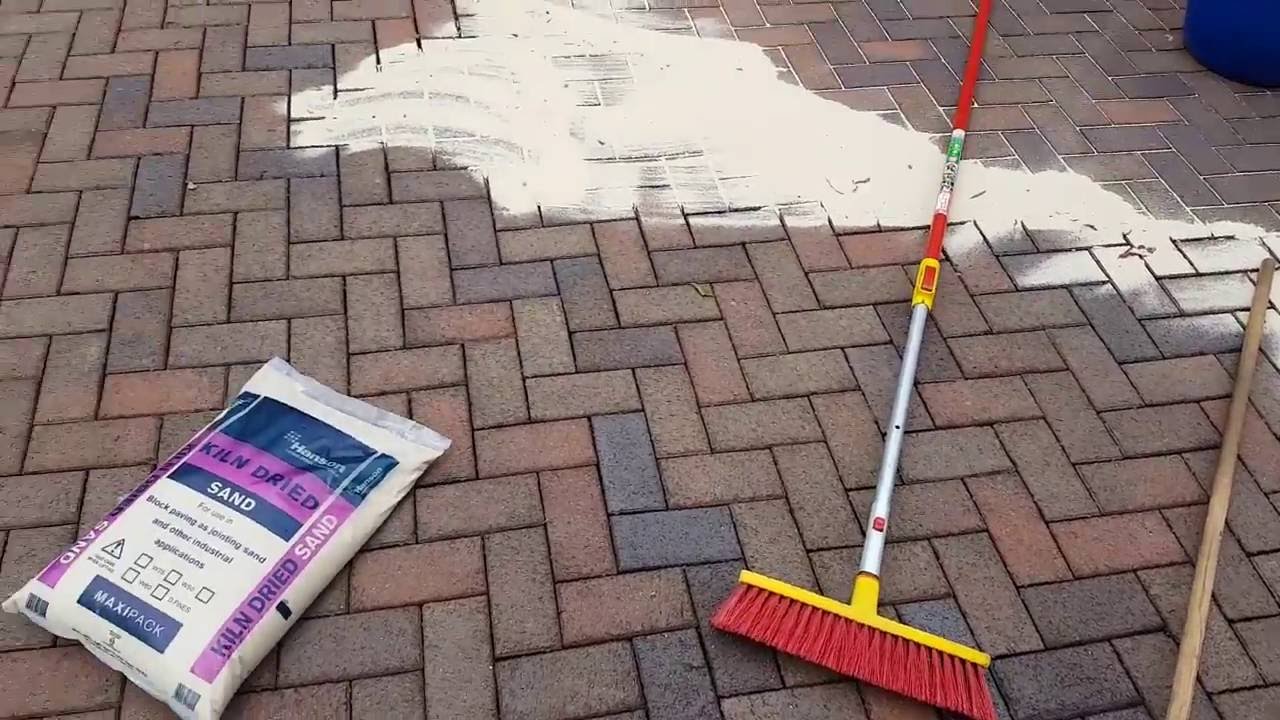
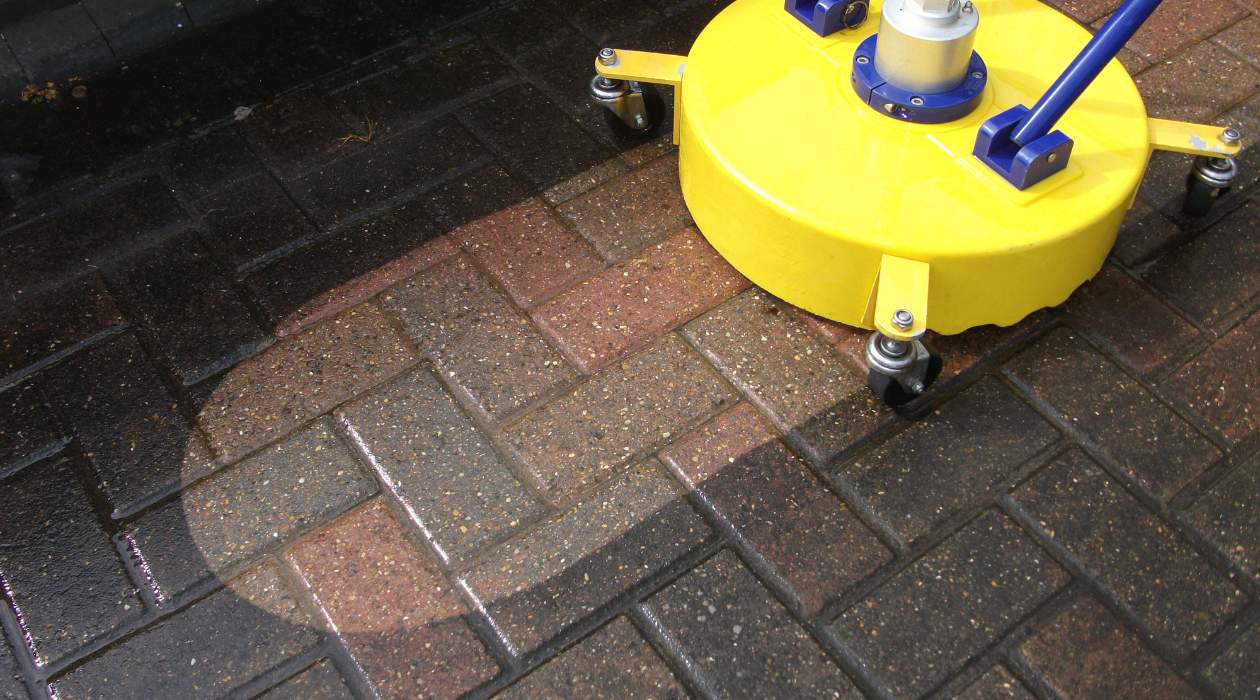
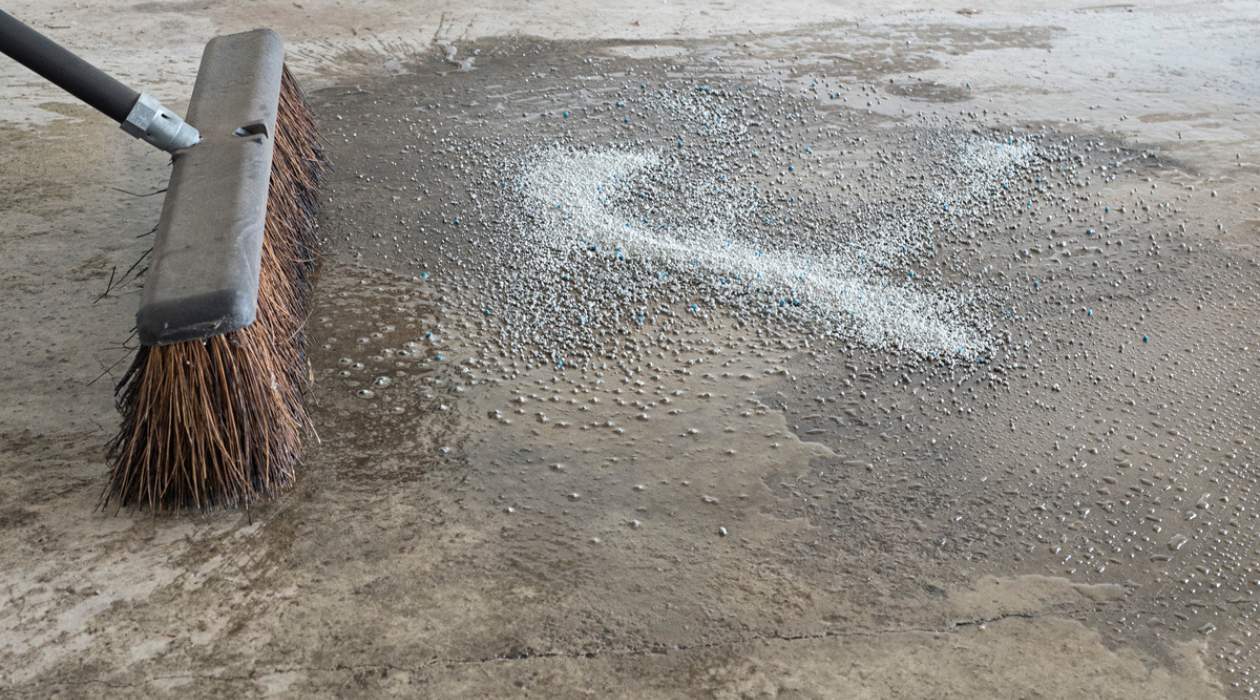
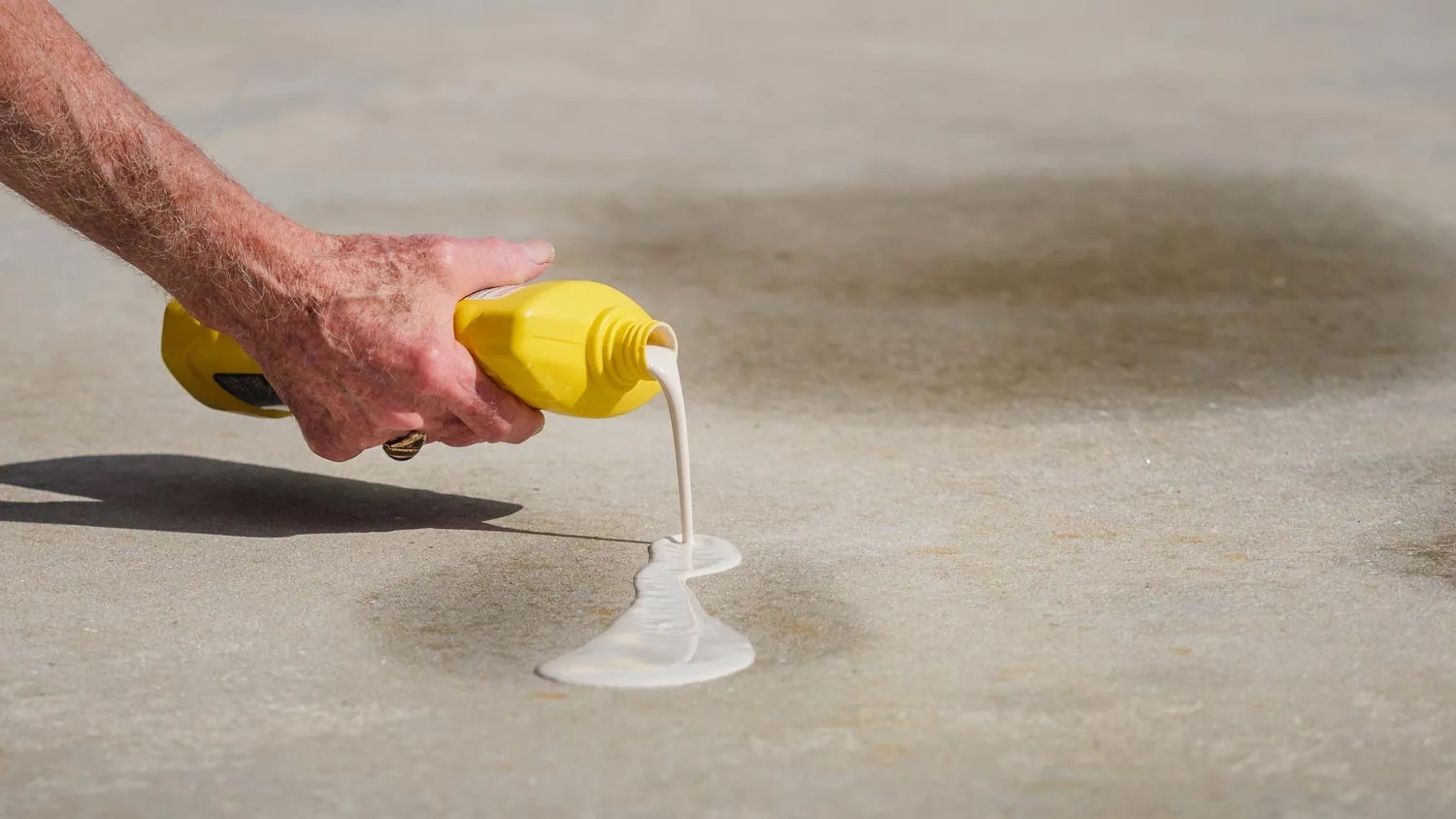
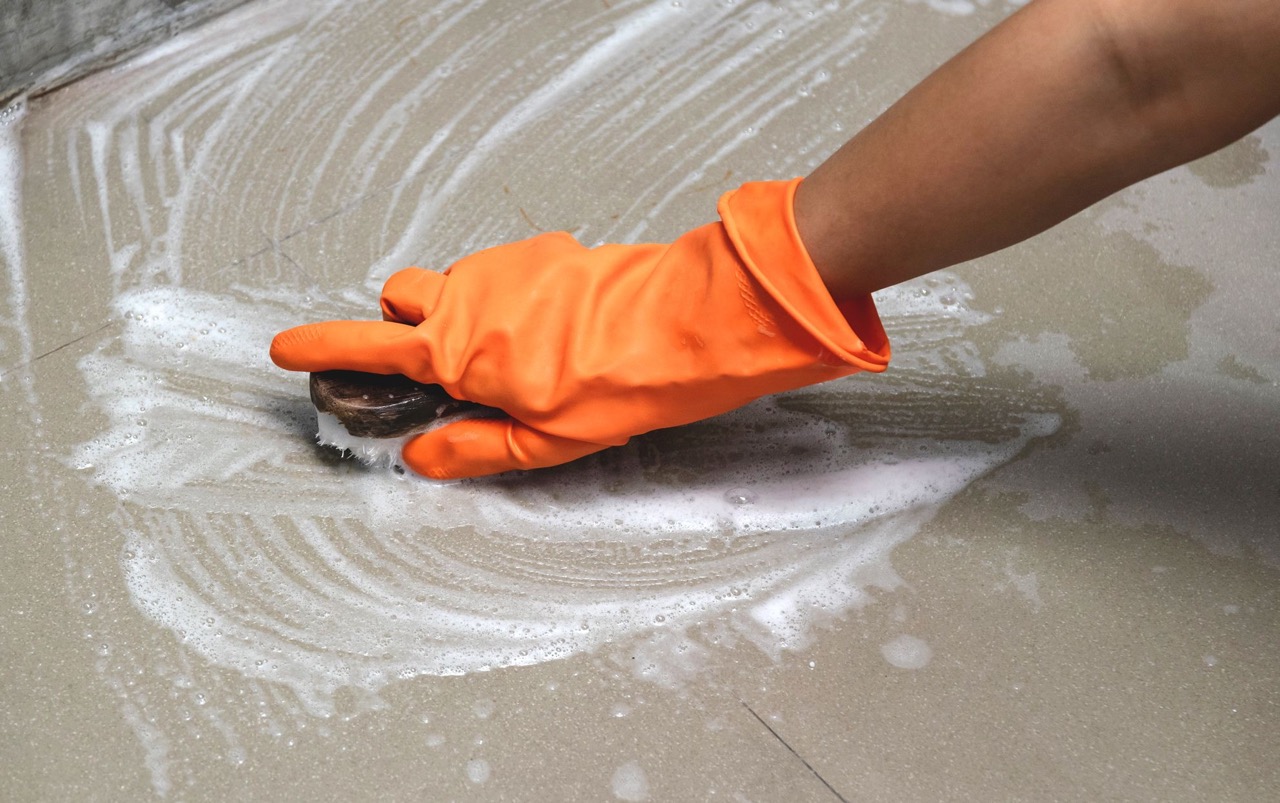

0 thoughts on “How To Clean An Asphalt Driveway”